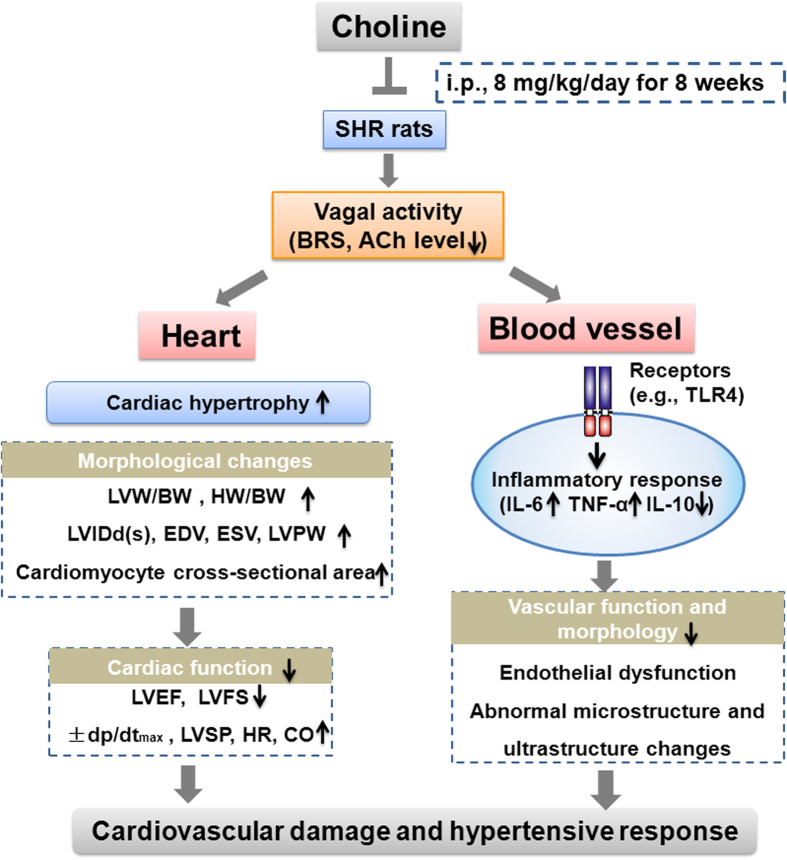Figure 6. The putative schematic illustration of the mechanism underlying choline-elicited cardiovascular protection in hypertension.
SHRs displayed a series of significant characteristics, including low vagal activity, high blood pressure, cardiovascular damage and cardiac hypertrophy. Choline reduced cardiac hypertrophy by decreasing the LVM/BW, HW/BW, LVIDd(s), EDV, ESV, LVPW and cardiomyocyte cross-sectional area in SHRs. Choline restored cardiac function by decreasing ±dp/dtmax, LVSP, HR, and CO and increasing LVEF and LVFS in SHRs. Moreover, choline prevented vascular dysfunction and abnormal structure changes, possibly by reducing expression of TLR4, IL-6 and TNF-α and upregulating IL-10 in SHRs. These cardiovascular protective effects of choline may be attributed to the improvement of vagal activity and the inhibition of inflammatory responses. ACh, acetylcholine; BRS, baroreflex sensitivity; BW, body weight; CO, cardiac output; EDV, end diastolic volume; ESV, end-systolic volume; LV, left ventricle; LVEF, LV ejection fraction; LVFS, LV fractional shortening; LVIDd, LV internal dimension in diastole; LVIDs, LV internal dimension in systole; LVM, left ventricular mass; LVPW, the thickness of LV posterior wall; LVSP, LV systolic pressure; SHRs, spontaneously hypertensive rats; TLR4, Toll like receptor 4; TNF-α, tumor necrosis factor-α; IL-6, interleukin-6; IL-10, interleukin-10.

